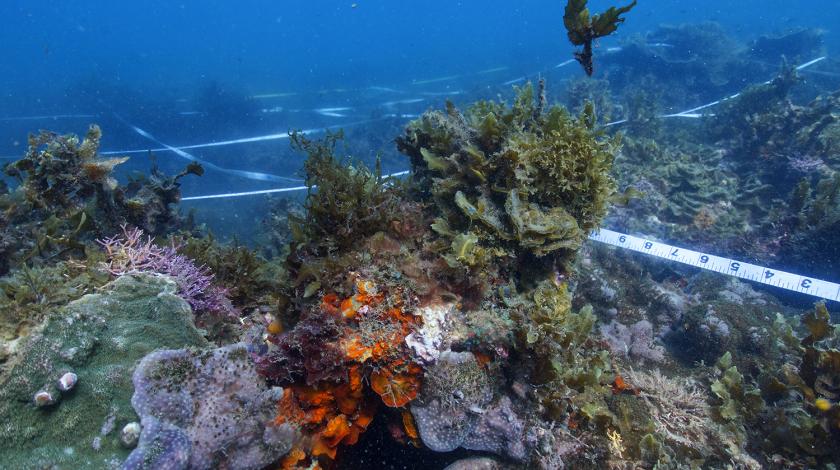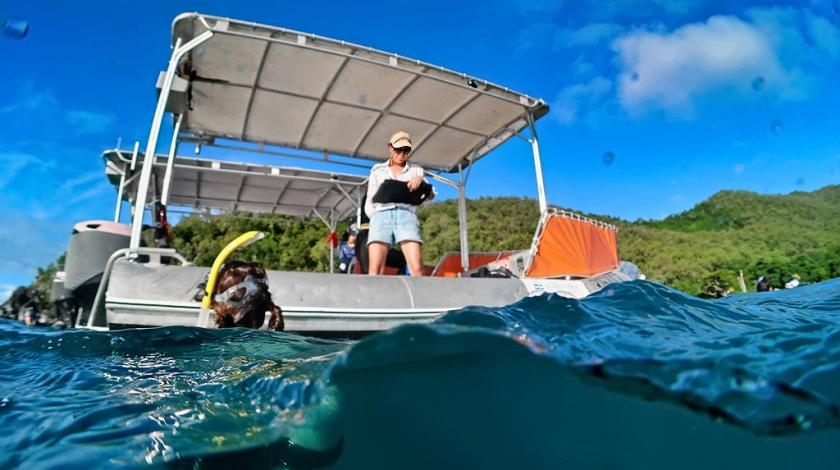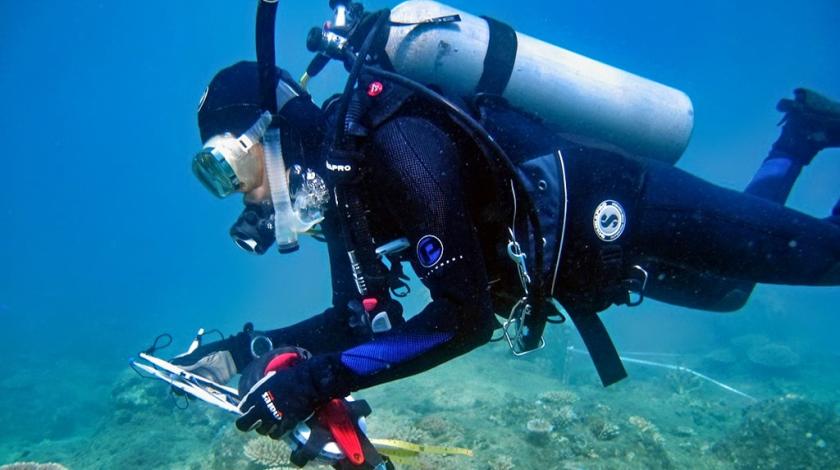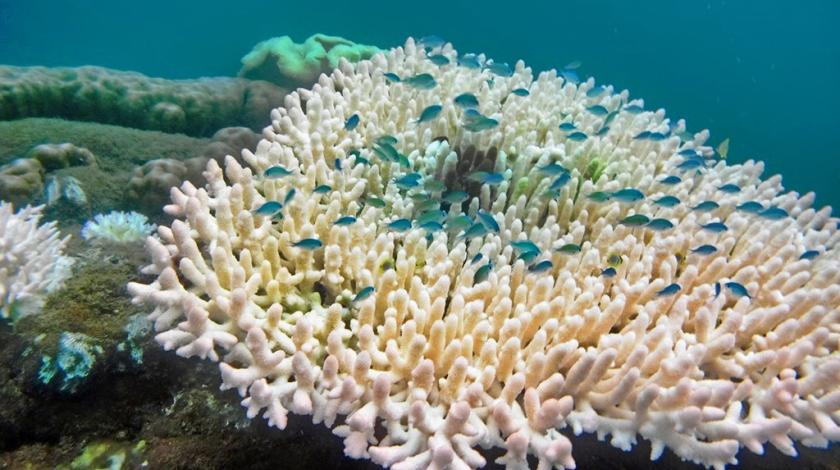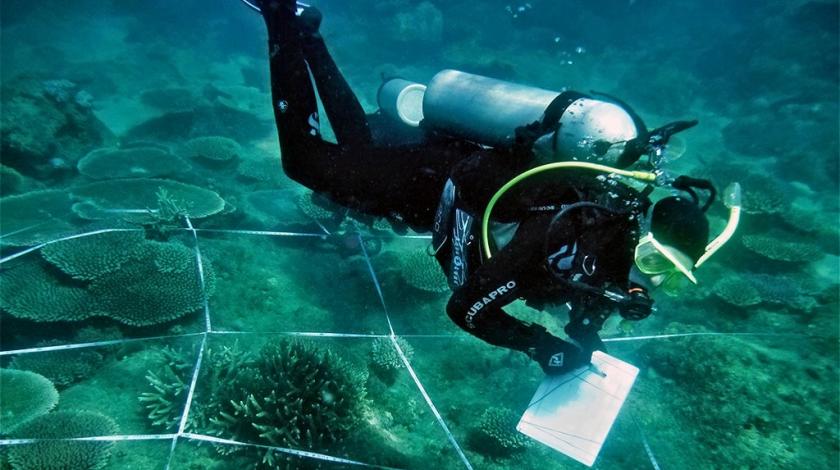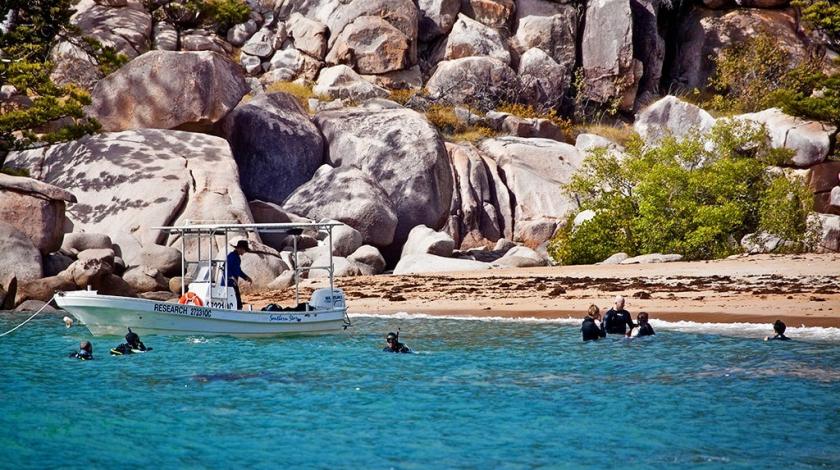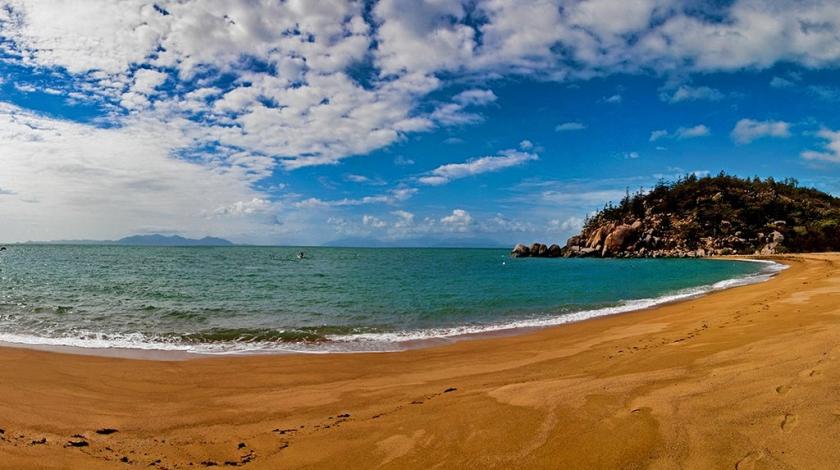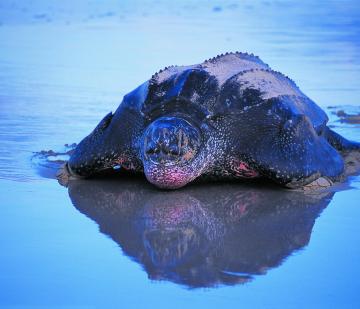BOOK WITH A $500 DEPOSIT
Recovery of the Great Barrier Reef

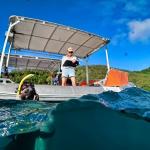
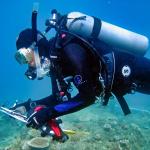

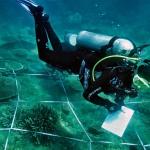

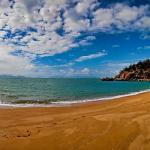
Coral reefs face a growing number of threats, from climate change and storm damage to sediment and nutrient run-off. Join us in the waters of the Great Barrier Reef to help scientists develop best-practice methods for coral recovery.
Coral reefs face a multitude of threats, from climate change and storm damage, to sediment and nutrient run-off. Join us in the waters of the Great Barrier Reef to help scientists develop best-practice methods for coral recovery.
On this expedition, you’ll be scuba diving or snorkeling with researchers, helping them make baseline measurements of environmental conditions and assessing fish and invertebrate diversity and abundance, as well as actively removing algae and deploying coral recruitment (settlement) tiles.
As part of this expedition, you’ll be at the forefront of active reef restoration science. You’ll be helping researchers on experiments that aim to develop best-practice methods for removing macro-algae and allowing coral to regrow. You’ll also be directly involved in filling in knowledge gaps that will help reef managers to make evidence-based decisions about active interventions that will support the Great Barrier Reef’s recovery, and the recovery of reefs around the world.
Please Note: This expedition is open only to occupational divers and experienced snorkelers. All divers must meet the requirements of the James Cook University Dive register. Please contact Earthwatch for more information regarding this process. Read our comprehensive Expedition Briefing to learn more about The Research, Daily Life in the Field, Accommodations, Meals, and Travel Planning.
A Typical Itinerary
- Day 1: Meet and travel to field site, snorkel/scuba induction, research introduction
- Days 2-4: Snorkel/dive to document baseline coral data, measure corals, remove algae, observe fish and invertebrates
- Day 5: Fieldwork and departure
.
HOW YOU WILL HELP
.
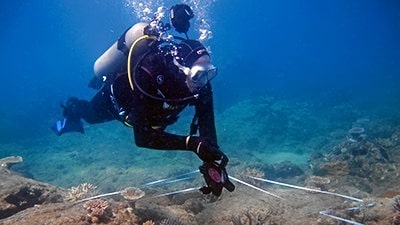
Establish underwater experimental plots
Mark the area with buoys and GPS readings, and take baseline data notes on coral and fish abundance and algal growth.
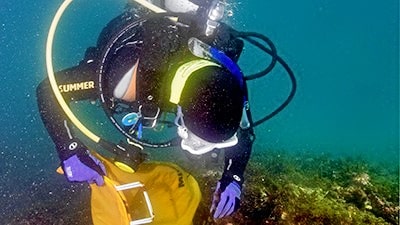
Document and remove algae
Help to photographically document the underwater plot before removing algae and placing coral recruitment tiles on cleared areas to measure settlement of new corals. Measure algae height, weigh removed algae, and photograph sites after they're cleared.
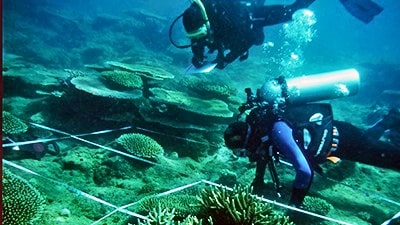
Measure corals and conduct crawl
Take measurements of the photobiology of the corals with specialized underwater devices to measure their adaptation to sunlight. Conduct “cryptic crawls," looking for unusual and shy species of fish or invertebrates in the bottom substrate (coral or algae).
Field conditions and research needs can lead to changes in the itinerary and activities. We appreciate your cooperation and understanding.
.
FEEDBACK & QUESTIONS
1 Reviews on this Expedition
GET EARTHWATCH NEWSLETTER
Bi-weekly announcements, new expeditions, and updates on our impact around the globe.
